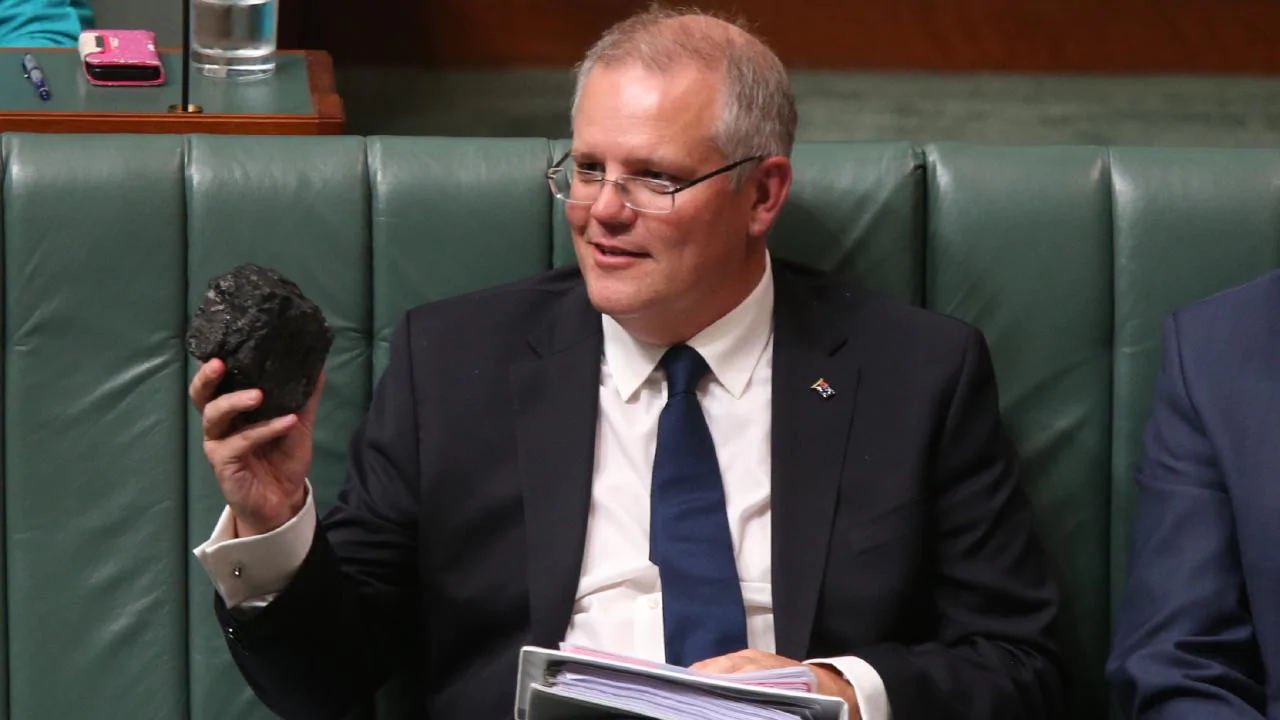Scott Morrison finally got a deal with the Nationals prior to his trip to COP-26. While the deal has been kept secret, some information is starting to leak out. The first compromise was that the Nationals scored an extra seat around the cabinet table.
The second bit of information is linked to keeping the Nationals on side and keeping an election promise that a decision on a new coal-fired power station in North Queensland would be deferred until after next year’s federal election.
The government’s updated climate policy is focused on renewable energy and low-emissions technology so this makes it hard to build a new coal fired power station.
Former resources minister Matt Canavan has been vocal in his lack of support for the revised climate policy. Matt Canavan had previously called for the federal government to underwrite a new coal-fired power station in North Queensland. At this stage, the governments have not committed to the new power station but have agreed not to block a new project. Last week the PM said a feasibility study into the Collinsville coal fired power station would be due by June next year, and it would be up to private company Shine Energy to “get it across the line”.
Mr Morrison said, “Any investments that people wish to make, well, they have to meet the necessary planning and other regulatory approvals for them to go ahead,” “They have to make sense to them commercially and if they stack up, they stack up.”
Leaving the approval of the Collinsville coal fired power station on hold until after the election goes against the Morrison government commitment where it offered $4M to a North Queensland power station.
Last year, Shine Energy was awarded a $3.6 million grant to undertake a feasibility study into a 1 GW high-efficiency, low-emissions (HELE) power station in Collinsville in the northern Bowen Basin.
The current status of the project is it has successfully completed the pre-feasibility study and the feasibility study is underway. The flexible HELE coal fired plant will load follow and allow the increased dispatch of renewable energy while maintaining high reliability levels. Findings from the pre-feasibility report show the power station is economically viable, has no material risks relating to transmission constraints and will operate with 25% less Carbon dioxide than the average coal generator in the NEM.
With the federal Energy Minister Angus Taylor saying the government’s long-term climate plan was not about “shutting down coal or gas production”, the PM outlined the hurdles required to get the project to “stack up” while backing support for renewables and low emission technology, this project looks like it may just get over the line as it will improve NEM reliability and security while keeping coal jobs in the region and allowing renewable energy projects to also operate in the area.

